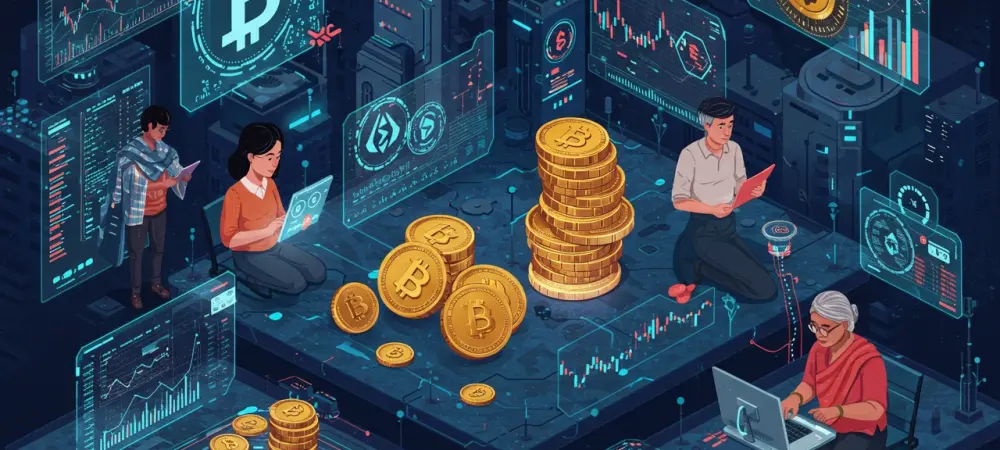The market landscape of cryptocurrencies is undergoing significant transformation, where innovative approaches are more crucial than ever. FUNToken provides an intriguing case study in this evolution, with its burn model offering a fresh perspective on deflationary mechanics. This analysis explores how FUNToken sets itself apart from conventional methodologies by embedding burn events within a broader utility-driven and value-centric framework.
A Shift in Tokenomics Strategy
Cryptocurrencies have traditionally employed token burning as a tactic to manipulate market supply artificially. Generally, this strategy sparks brief volatility and short-term gains. However, FUNToken challenges this approach by aligning token burning with practical applications, fostering long-lasting market stability and sustainable growth. By making burning an integral part of revenue-positive activities, FUNToken strives for a blend of deflationary tactics with genuine user engagement and tangible outcomes.
Understanding the Economic Mechanisms
Integrating Token Burn with Practical Applications
A pivotal aspect of FUNToken’s market strategy is its integration of supply reduction in real-world scenarios. The notable burn event in June reduced the supply by 25 million tokens, demonstrating a strategic move connected directly to platform revenue. This approach ensures a continuous growth pattern that leverages actual usage increases in domains like gaming, staking, and beyond, adding transparency and accountability to FUNToken’s operations.
Enhancing Market Engagement Through Gamification
In a bid to foster deeper user interaction, FUNToken incorporates gamification into its strategic framework. Its AI-powered Telegram bot acts as an entry point, engaging over 110,000 daily users and incorporating elements of gamified platforms like free-to-play mobile games. This not only attracts new users but also boosts wallet activity and token utility, highlighting a correlation between user engagement and supply reduction, which reinforces the deflationary model.
Addressing Security and Market Challenges
The complexities of ensuring robust security measures and adapting to market changes are crucial for FUNToken’s strategy. A successful CertiK audit of the token contract establishes security, while the implementation of continuous monitoring through the Skynet system safeguards the ecosystem. This commitment to security bolsters investor confidence, ensuring FUNToken’s position as a stable and utility-driven offering amidst an evolving market landscape.
Observations and Future Projections
The upcoming launch of a mobile wallet by Q4 marks a significant innovation, enhancing cross-chain transactions and staking capabilities. Such advancements indicate a shift toward more dynamic utility use cases as digital currencies evolve. As regulatory environments change and technologies advance, FUNToken’s pioneering contributions could serve as a model for others balancing deflationary practices with market relevancy.
Insights and Strategic Recommendations
FUNToken’s strategy provides several lessons for stakeholders in the cryptocurrency market. Businesses and developers can benefit from aligning their tokenomics with actual utility while ensuring security through rigorous audits. Investors should consider models like FUNToken’s that prioritize sustained engagement and transparency. Informed consumers can leverage these insights for more strategic investment decisions, contributing to a more secure and utility-driven crypto market. In retrospect, FUNToken’s approach toward deflationary mechanics presented a departure from traditional methods, achieving a symbiotic balance between market demand and sustainable utility. This model not only provided immediate benefits but also ensured long-term resonance by intertwining token burning with real value creation and security. Moving forward, the coordinated efforts demonstrated by FUNToken offer valuable insights into achieving coherence across innovation, engagement, and security, potentially shaping the future direction of similar projects in the crypto industry.

